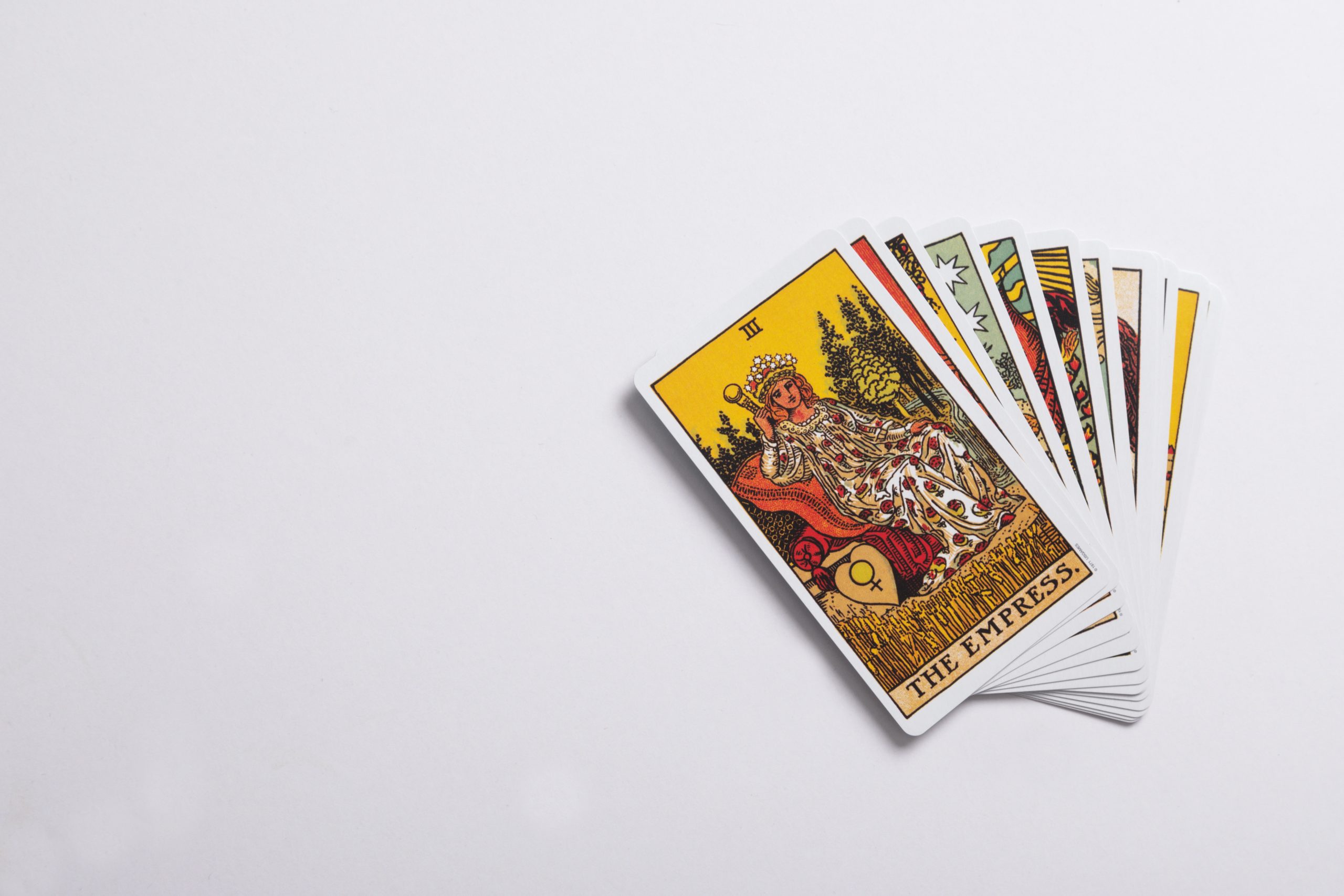Exploring the 8 Moon Phases: A Comprehensive Guide
The moon has captivated humanity for centuries, offering a celestial spectacle that has inspired art, philosophy, and scientific curiosity. As it orbits around the Earth, the moon undergoes a continuous cycle of illumination, leading to eight distinct phases. Each phase offers a unique view of the moon, and understanding them can deepen our appreciation for Earth’s closest celestial neighbor. In this comprehensive guide, we will delve into the definition, characteristics, and significance of the eight moon phases.
1. New Moon
The moon begins its cycle with the new moon phase. During this phase, the moon is located between the Earth and the Sun, causing its illuminated side to face away from us. As a result, the moon appears completely dark to observers on Earth. The new moon marks the start of a lunar month, lasting approximately 29.5 days.
2. Waxing Crescent
Shortly after the new moon, a small sliver of light becomes visible, marking the waxing crescent phase. The waxing crescent occurs when a small portion of the moon (approximately 1-49%) is illuminated. This phase transitions from darkness to partial illumination, creating a captivating crescent shape in the night sky.
3. First Quarter
The first quarter phase follows the waxing crescent. At this stage, exactly half of the moon’s face is visible from Earth. As the name suggests, the first quarter phase occurs when the moon has completed one-quarter of its journey around Earth in a lunar month. During this phase, the illuminated side of the moon gradually becomes more prominent.
4. Waxing Gibbous
As the first quarter transitions into the waxing gibbous phase, the illuminated portion of the moon increases even further, ranging from 51% to 99%. The moon’s shape begins to resemble a convex shape, moving closer to a full moon. The term “gibbous” refers to any moon phase that is more than half illuminated but less than fully illuminated.
5. Full Moon
One of the most iconic moon phases, the full moon, occurs when the entire illuminated side of the moon is visible from Earth. The full moon phase symbolizes the midpoint of the lunar month when the moon is directly opposite the Sun. During this phase, the moon shines brightly, casting a pale night-time glow onto the Earth’s surface.
6. Waning Gibbous
Following the full moon, the moon’s visible illumination begins to decrease, transitioning to the waning gibbous phase. During this phase, the lit portion of the moon gradually decreases, providing a decreasingly convex shape to observers on Earth. As the waning gibbous progresses, the moon moves closer to the last quarter phase.
7. Last Quarter
The last quarter phase occurs when half of the moon’s face is once again visible from Earth, but this time the opposite side compared to the first quarter phase. It is the reverse position of the first quarter, with the illuminated side facing towards the opposite direction. The last quarter phase signals the beginning of the moon’s transition towards the new moon.
8. Waning Crescent
The final phase before the cycle restarts, the waning crescent, features a thin, crescent-shaped moon with a decreasing illuminated portion. This phase occurs just before the new moon, as the moon’s visible portion shrinks further towards darkness. Observers may notice the faint outline of the entire moon, known as the “old moon in the new moon’s arms.”
Understanding the Significance
Moon phases have fascinated humans for millennia, influencing various aspects of life, including religion, agriculture, and even our moods. Cultures across the globe have incorporated the moon’s phases into folklore, rituals, and calendars. The phases also play a crucial role in astronomy and understanding planetary dynamics.
The moon’s gravitational influence affects Earth’s tides, with the highest tides occurring during the new and full moon phases, known as spring tides. Conversely, during the first and last quarter phases, the moon’s gravitational pull partially cancels out the Sun’s, resulting in lower tides known as neap tides.
Furthermore, the moon’s phase determines its visibility during different times of the day, impacting celestial events such as lunar eclipses and meteor showers. Familiarity with the moon’s phases enables stargazers to plan their observations and witness these awe-inspiring events.
Conclusion
The moon’s eight phases take us on a mesmerizing journey through its orbit around Earth, showcasing its various stages of illumination. From the new moon to the waning crescent, each phase offers a distinct visual experience, each unique in its own way. As we delve deeper into the science and significance of these moon phases, we unlock a profound understanding of our celestial surroundings. So, the next time you gaze up at the night sky, remember to appreciate the moon’s journey and the beauty that each phase brings.
Table of Contents
